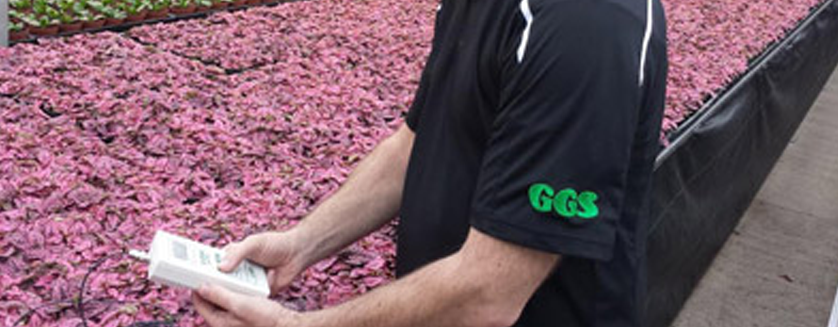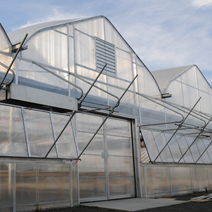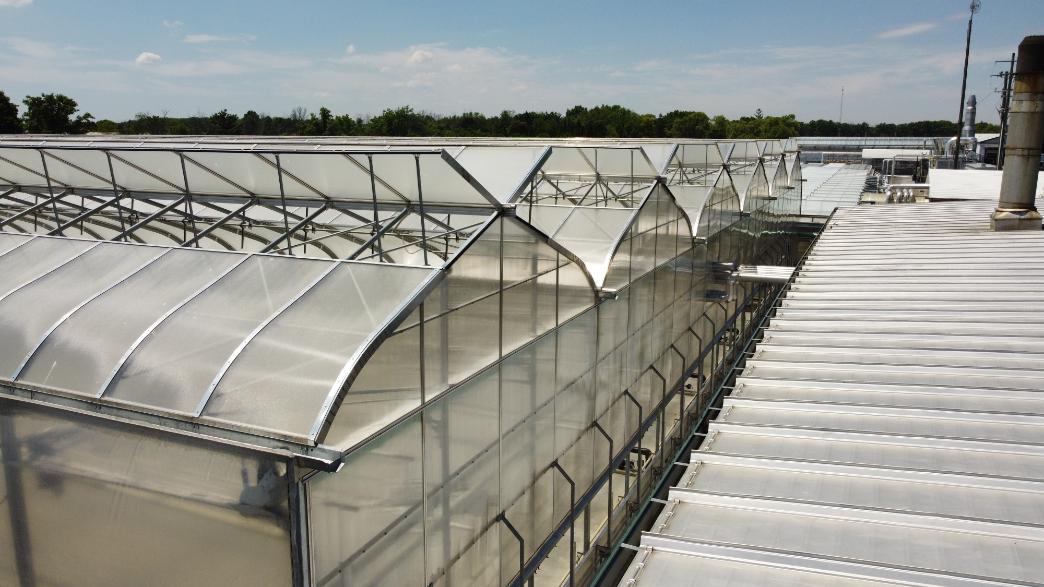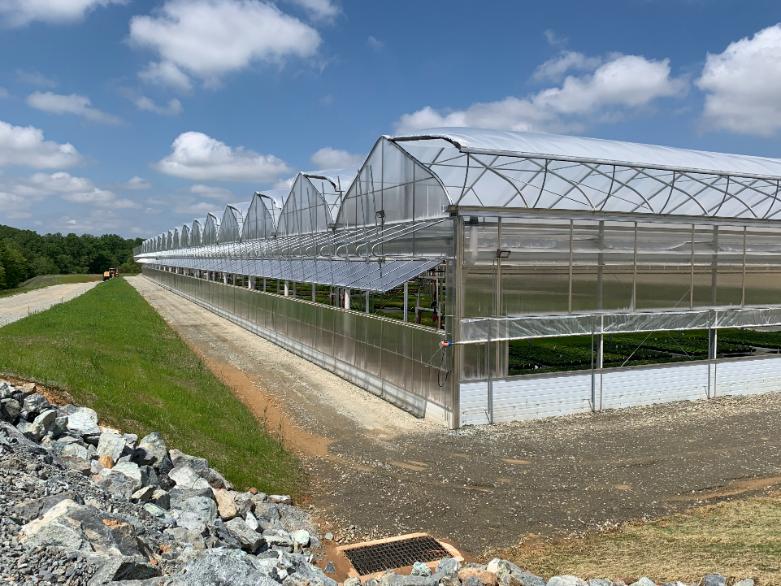Supplemental Lighting Considerations for a Commercial Greenhouse

Maximizing efficiency in greenhouse lighting solutions is a major concern for many growers who rely on it. Here are some criteria to take into account when choosing and maintaining your lamps. The best greenhouse lighting you choose depends on many things like what developmental stage your plants will be grown to, whether the plants receive light from other radiation sources, and the photoperiod length per day for your plant.
Choosing the Right Spectrum for your Needs
When choosing a lighting system for your greenhouse, specific requirements may be imposed on the light spectrum by the type of plant being grown, the stages to which it will be grown, plus any additional needs of the grower (e.g., desire for a shorter plant height). All plants require PAR light (Photosynthetically Active Radiation), and this type of radiation is within the 400 to 700 nm wavelength range.
Finding the best greenhouse lighting solution requires understanding these factors and selecting a system that provides the optimal spectrum for your specific needs. Whether you're looking for supplemental lighting to extend daylight hours or complete greenhouse lighting solutions for indoor cultivation, there are a variety of options available to meet your requirements.
Light Level Requirements and Greenhouse Lighting Solutions
The light level target required for any particular plant can be determined from known light requirements based on scientific studies (e.g. full sun, partial sun, shade, etc). Supplemental greenhouse lighting solutions can provide the right amount of light for optimal plant growth. These supplemental light levels only need to be a fraction of complete light levels, while photoperiodic light levels can be even lower. To best match natural sunlight and ensure optimal plant growth, consider using supplemental lighting strategically.
Greenhouse systems companies, such as GGS Structures, offer advanced tools that can precisely measure the natural light levels in your greenhouse, as well as the light levels produced by your supplemental lighting. This allows for a customized and optimized lighting strategy.
Checking the Shadow Area of the Fixture
As with any hanging object in your greenhouse, a light fixture will cast a shadow. It's important to ensure that natural light is not being blocked in critical areas of your benches. Your lighting designer should consider this when planning the layout to minimize shading and maximize the effectiveness of your greenhouse lighting solution.

What is the Efficiency of the Fixture?
Energy costs are the number one expense in a greenhouse, with supplemental lighting for greenhouses often being a significant contributor. As with any energy upgrade cost, you need to carefully consider the best greenhouse lighting solution by weighing the initial upfront investment against the potential payback. Luckily, most greenhouse systems companies can calculate this payback for you and inform you of how many years it will take to recover your costs.
While LED lights typically require a larger upfront investment, they use substantially less energy than traditional HPS lights. This results in significant long-term savings and contributes to a more sustainable greenhouse operation.
Here are some key factors to consider when evaluating the efficiency of a greenhouse lighting fixture:
- Light output (lumens): This measures the total amount of visible light emitted by the fixture.
- Efficacy (lumens per watt): This measures the efficiency of the fixture in converting electricity into light.
- Lifetime: The expected lifespan of the fixture and its light source.
- Spectral distribution: The specific wavelengths of light emitted by the fixture, which can impact plant growth and development.
- Maintenance requirements: The frequency and cost of maintaining the fixture.
By carefully considering these factors and working with a qualified greenhouse lighting provider, you can choose the most efficient and effective solution for your specific needs.
What are the Electricity Requirements?
An often overlooked expense is whether or not your greenhouse has the electrical configuration needed to power your supplemental lighting for greenhouses. Your wiring, breaker boxes, and amps of service are all factors that should be considered.
Are there any Rebates Available?
Energy rebates are always something to look for when installing new greenhouse lighting solutions. You may qualify for rebates from your local utility, or for efficient energy upgrade programs provided by the USDA or other organizations.
With all the considerations above, GGS can help you choose the right best greenhouse lighting equipment to fully optimize the growth of your plants. We have partnered with lighting supplier Illumitex to provide growers with industry-leading lighting products.







